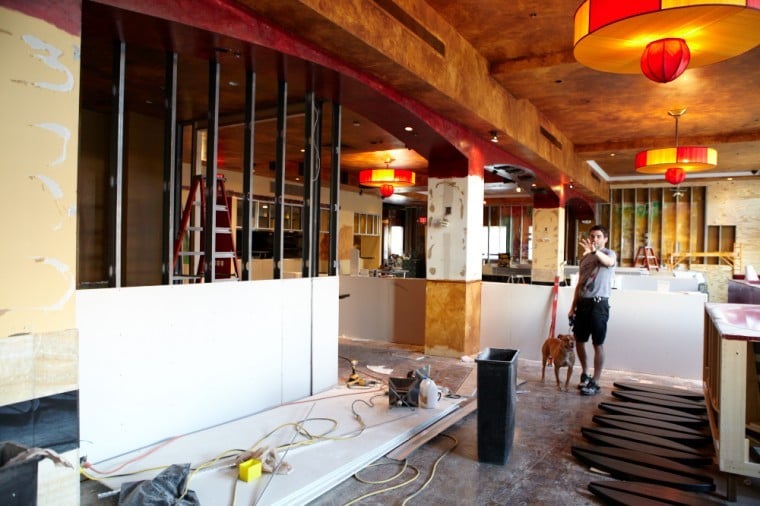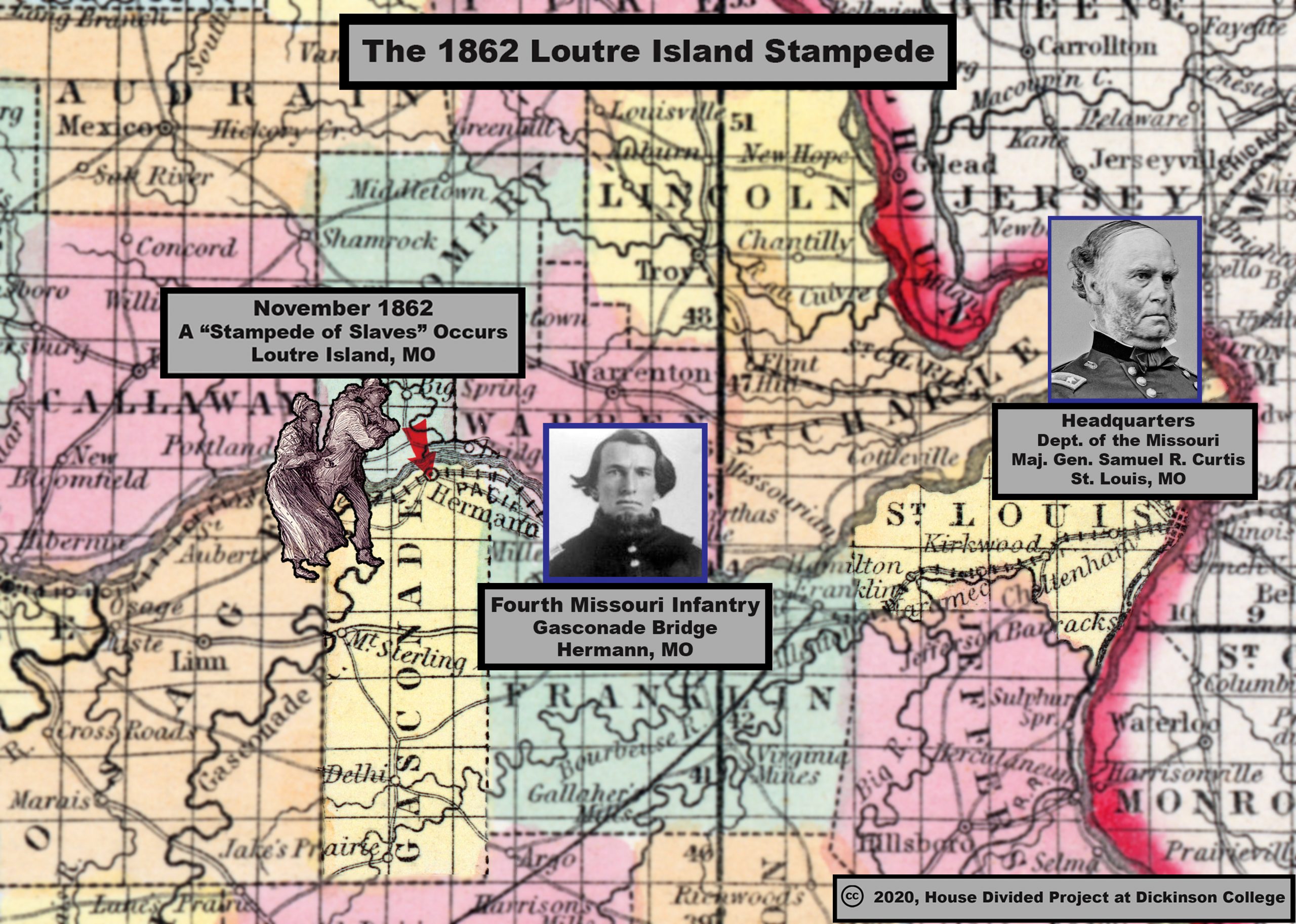
In South Los Angeles, the farm network Crop Swap LA has noticed the stark contrast between neighborhoods with and without pollinators. A community garden “sweats,” as plants release water vapor, cooling the neighborhood-and if you’re in the garden itself, you can enjoy its shade.īut it will take a legion of bees to keep these gardens healthy.

Such agrivoltaics would cool buildings while generating power and food.Įxtra green spaces will mitigate the urban heat island effect, in which the cityscape absorbs the sun’s energy, raising temperatures perhaps 20 degrees Fahrenheit above nearby rural areas. (Staples like corn and wheat would still come from rural areas, where they’re easily tended with machinery.) Researchers are also figuring out which crops might be best to grow on rooftops, ideally under solar panels, which provide shade so the plants don’t get too sun-blasted.

Scientists are researching which crops might be best suited for cities-probably nutrient-dense, fast-growing species like leafy greens. If you just spend the time to look at them, they’re actually more diverse than the birds in your garden.”īees are critical actors in a burgeoning scientific field known as rurbanization, a way to improve food security and beautify urban landscapes. “They’re cute as heck, too,” Spevak adds. “If you run your lawnmower over a bunch of ground-nesting bees, they’re annoyed with you, but now they’re spending their time trying to find the holes that you probably just covered up.” “If you run your lawnmower over a yellowjacket nest, you’re going to get stung,” says Spevak. But, says Spevak, bees mean you no harm-they just want to visit your flowers. But urban gardeners would be doing these species a big favor by opening up some ground instead of just laying down mulch, since so much of the built environment is already covered in concrete.Īnd, well, they’re going to have to not be scared of bees. Ground-nesting bees also need swaths of dirt, which is not the most aesthetically pleasing option. The honey bee does plenty of pollinating in the United States, but it’s actually invasive here. But in fact, the vast majority of bee species are solitary insects-ground nesters, for instance, that burrow into the dirt. When you think of bees, you probably think of highly social honey bees, which gather in hives and defend their homes by stinging the bejesus out of you. “We are watching to see who’s visiting and what are they doing when they’re on the flowers.”

“My team is essentially setting up a bee surveillance state,” says Dunlap. Louis, is pointing GoPros at flowers to catch visitors in the act. Aimee Dunlap, who studies bee behavior at the University of Missouri, St. They’re also checking out how plants respond to healthy populations of pollinators, particularly the native types. Working in over 250 community gardens, they’re tallying bee species and monitoring their behavior. Louis institutions who have fanned out across their city to spy on bees and other pollinators. A growing body of research is showing that bee diversity in cities can actually be much larger than in surrounding rural areas.Ĭamilo is part of a swarm of scientists from six St. But oddly enough, urban gardens-where different crops can grow next to each other, since they’re tended by hand rather than by giant, lumbering machines-are increasingly providing bees with sustenance. Agriculture has also brought clouds of pesticides that are killing bees en masse. For these pollinators, that urban-rural dynamic has in many ways flipped: With the spread of industrialized agriculture, monocrops like wheat and corn have replaced forests of diverse flowering plants, obliterating bees’ food source. The country may be simple, the rodent realized, but at least it’s safe.

But when the pair ventured to the city for the delights of urban life, the Country Mouse quickly fled back home to escape cats and other dangers. When the Town Mouse visited the Country Mouse, the old fable goes, she politely ate her host’s simple food.


 0 kommentar(er)
0 kommentar(er)
